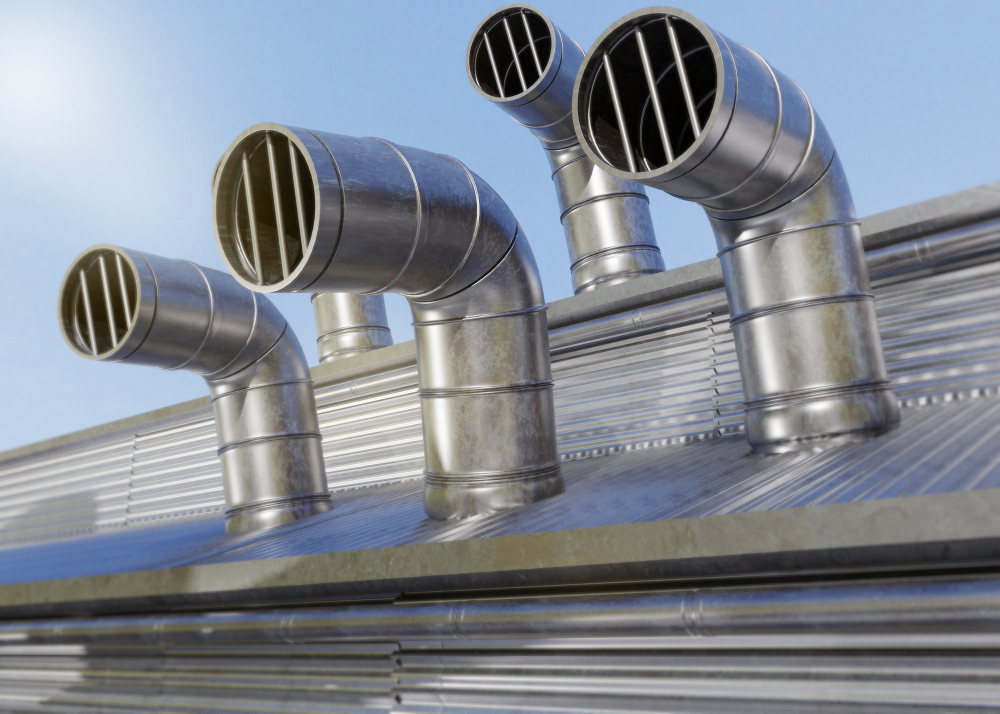From mining trucks to large-scale construction machinery, India’s heavy equipment sector is evolving rapidly. Behind the scenes of this growth lies a critical yet often overlooked component: stainless steel exhaust bellows. These flexible connectors are no longer niche parts; they’re becoming essential. Leading suppliers like exhaust pipe bellows manufacturer firms are now seeing an unprecedented rise in demand, hinting at a significant shift in the market.
Why Stainless Steel Exhaust Bellows Matter?
Heavy-duty diesel engines generate intense heat, vibration, and pressure changes. Without proper management, these forces can damage exhaust systems, reduce efficiency, and escalate maintenance costs. Stainless steel exhaust bellows act as a flexible link between engine components, absorbing vibration, compensating for thermal expansion, and reducing noise emissions. According to a report by the International Energy Agency (source), diesel engines remain integral to industrial operations worldwide, and innovations in exhaust systems are key to meeting future emission norms.
Key Benefits for Indian Manufacturers
- Durability: Stainless steel resists corrosion and fatigue, making it ideal for India’s varied climates and heavy workloads.
- Compliance with Emission Standards: With Bharat Stage VI norms tightening the limits, efficient exhaust management is crucial.
- Lower Lifecycle Costs: Reduced maintenance and extended service life of exhaust systems translate into savings over time.
The Market Drivers Behind This Growth
India’s heavy equipment manufacturing market is projected to grow steadily over the next decade, driven by infrastructure investment and global supply chain diversification. In this scenario, components that enhance reliability and reduce downtime become non-negotiable. Stainless steel exhaust bellows fit right into this narrative, offering robust performance under harsh conditions.
Major Factors Fueling Demand
- Infrastructure Boom: Large public projects—from highways to metro systems—require more heavy-duty machinery.
- Stricter Emission Rules: As environmental regulations become more stringent, OEMs are investing in better exhaust solutions.
- Focus on Export: Indian equipment manufacturers aiming for global markets need components meeting international standards.
Working with an experienced exhaust expansion joints manufacturer India ensures access to custom-engineered solutions that meet specific performance requirements, from vibration levels to temperature thresholds.
What to Look for When Choosing a Supplier?
With rising demand comes a crowded marketplace. Selecting the right supplier is no longer just about cost. It’s about finding a partner who can provide reliability, customization, and after-sales support.
- Engineering Expertise: Look for manufacturers with proven design capabilities and testing facilities.
- Material Quality: High-grade stainless steel ensures longevity and performance.
- Customization: Not all machinery operates under the same conditions; tailor-made bellows are often essential.
FAQs
1. What are stainless steel exhaust bellows used for?
They are flexible connectors installed in exhaust systems to absorb vibration, thermal expansion, and misalignment between engine components, improving durability and efficiency.
2. Are stainless steel exhaust bellows suitable for Indian climate conditions?
Yes. Their corrosion-resistant properties make them ideal for India’s diverse weather—from humid coastal regions to dry industrial zones.
3. How do exhaust bellows help meet emission standards?
By maintaining exhaust system integrity and reducing leaks, bellows help engines operate at optimal efficiency, supporting compliance with Bharat Stage VI and international norms.
4. What should I consider when buying exhaust bellows?
Key factors include material quality, manufacturer expertise, customization options, and after-sales support to ensure long-term performance.
Final Thoughts
The surge in demand for stainless steel exhaust bellows reflects a larger transformation within India’s heavy equipment sector. As machinery becomes more advanced and regulations more rigorous, these components are moving from optional to indispensable. For manufacturers and operators alike, partnering with a reliable supplier can mean the difference between routine breakdowns and smooth, efficient operations.



